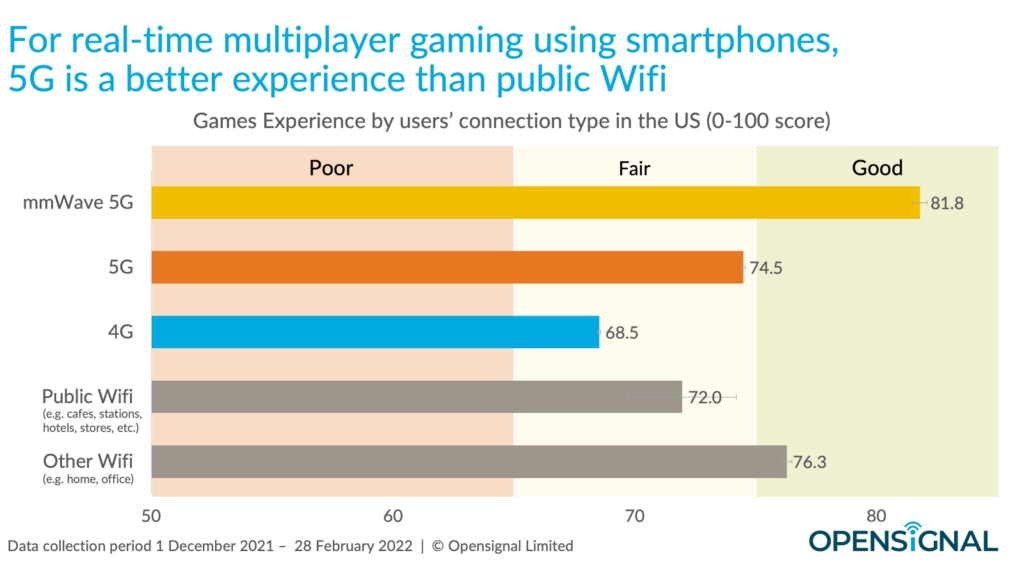Quantum computers have the potential to accelerate breakthroughs in fields like human health, drug discovery, and artificial intelligence. Operating millions of times faster than supercomputers, a network of quantum computers could revolutionize these discoveries. However, connecting billions of quantum bits, or qubits, with atomic precision is a key challenge.
Connecting qubits has been a longstanding puzzle for researchers, with current methods resulting in random qubit formation through high-temperature processes. This randomness makes it difficult to locate qubits within a material, hindering the development of a functioning quantum computer.
A research team at Lawrence Berkeley National Laboratory has achieved a significant breakthrough by demonstrating the ability to create and “annihilate” qubits with precision by doping silicon with hydrogen using a femtosecond laser.
This breakthrough opens the door for quantum computers to use programmable optical qubits or “spin-photon qubits” to connect quantum nodes over a remote network. It could also advance a quantum internet that is more secure and efficient than current optical-fiber technologies.
“This discovery could offer a new pathway for industry to overcome challenges in qubit fabrication and quality control,” stated principal investigator Thomas Schenkel.
By utilizing a gas environment, the new method creates programmable defects known as “color centers” in silicon, which have the potential to become specialized telecommunications qubits or “spin-photon qubits.”

The method involves using an ultrafast femtosecond laser to precisely anneal silicon, allowing the qubits to form accurately. This laser delivers brief pulses of energy within a quadrillionth of a second to a targeted area the size of a speck of dust.
Spin-photon qubits can emit photons carrying encoded information over long distances, making them ideal for a secure quantum network. Qubits encode data in three states: 1, 0, or a superposition of both.
Characterizing the color centers, the team discovered a quantum emitter called the Ci center, which has a simple structure, stability at room temperature, and promising spin properties for spin-photon qubits.
By processing silicon with a low femtosecond laser intensity in the presence of hydrogen, the researchers created the Ci color centers. They found that increasing the laser intensity enhances hydrogen mobility, passivating unwanted color centers without damaging the silicon lattice.
Additionally, theoretical analysis confirmed that hydrogen significantly boosts the brightness of the Ci color center, aligning with laboratory experiments.
“The femtosecond laser pulses enable the programmable formation of optical qubits in precise locations by manipulating hydrogen atoms,” explained Jhuria.
The team plans to use the method to incorporate optical qubits into quantum devices and identify new spin-photon qubit candidates tailored for specific applications.
“Now that we can reliably create color centers, we aim to explore quantum entanglement by getting different qubits to interact and determine their performance,” added Jhuria.
“The ability to form qubits at specific locations in a material like silicon at scale is a significant step towards practical quantum networking and computing,” said Cameron Geddes, Director of the ATAP Division.
Journal reference:
- K. Jhuria, V. Ivanov, D. Polley, Y. Zhiyenbayev, W. Liu, A. Persaud, W. Redjem, W. Qarony, P. Parajuli, Q. Ji, A. J. Gonsalves, J. Bokor, L. Z. Tan, B. Kanté & T. Schenkel. Programmable quantum emitter formation in silicon. Nature Communications, 2024; DOI: 10.1038/s41467-024-48714-2




love the site